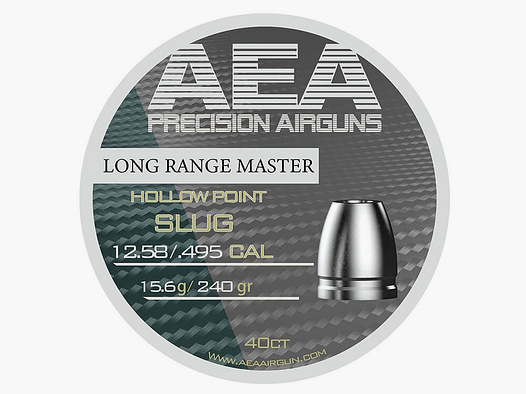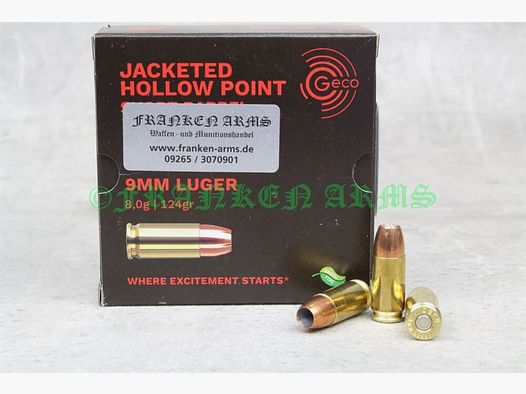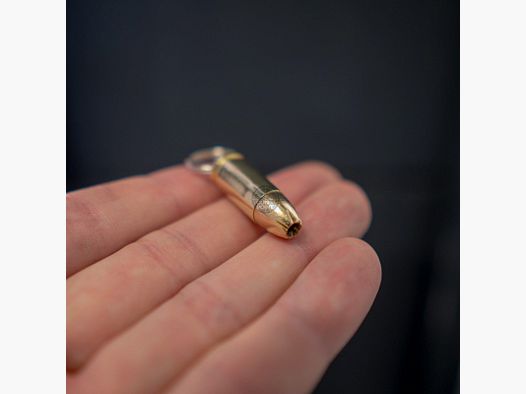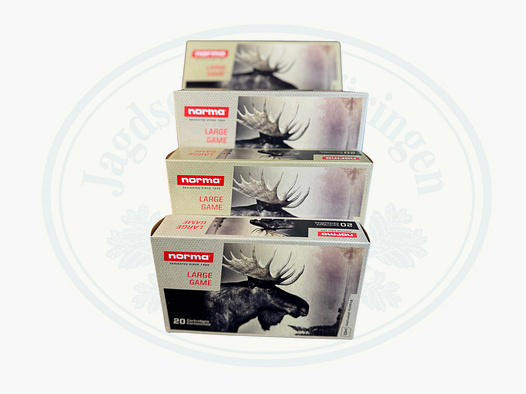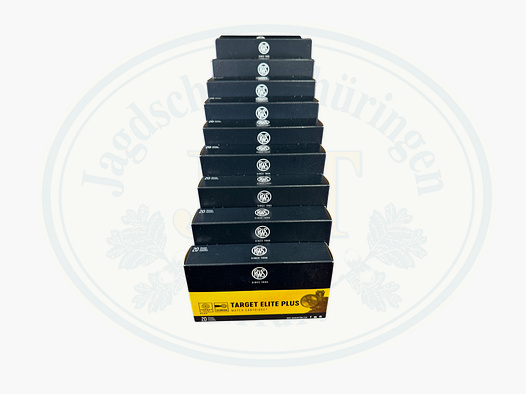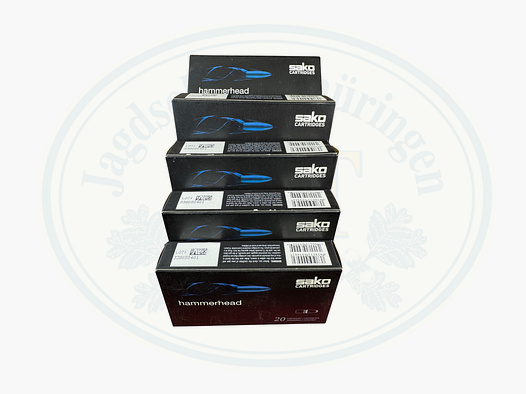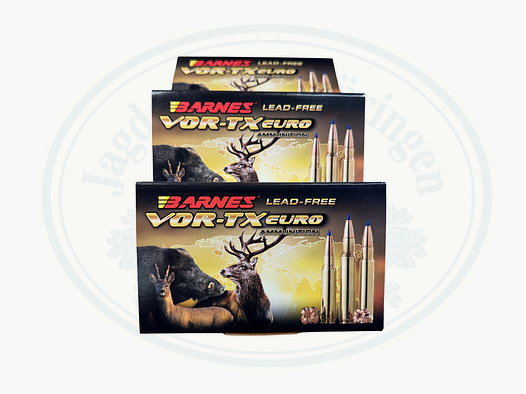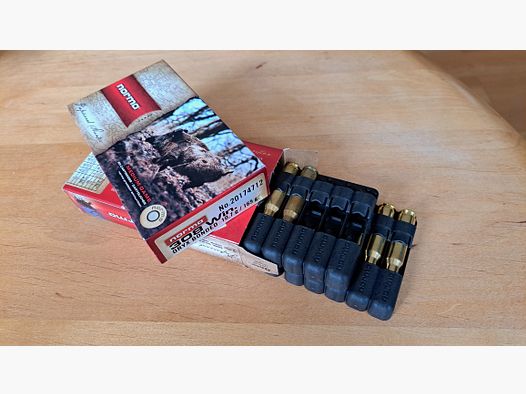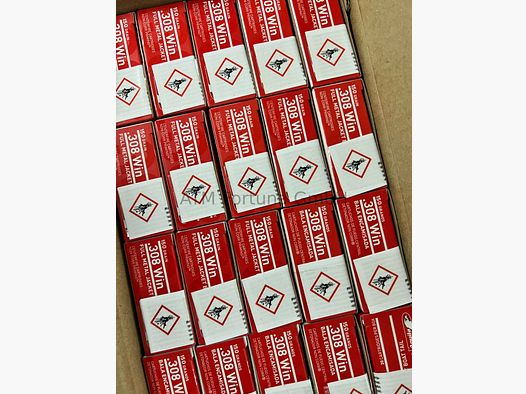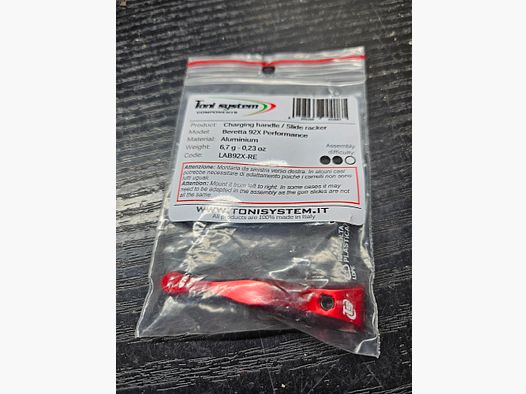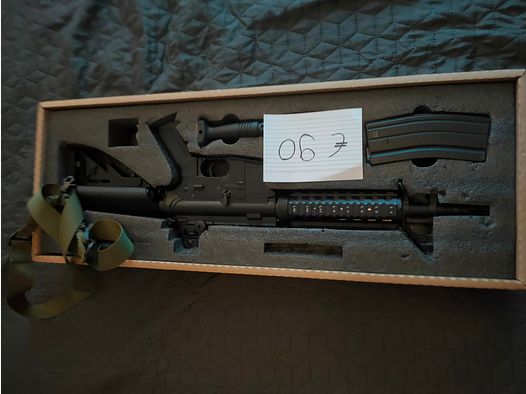Hollow point ammunition is a type of projectile that has a cavity at the tip of the bullet. This cavity causes the bullet to expand upon impact, increasing its cross-section from the tip. Through this expansion, the cross-section of the bullet can more than double, allowing the bullet to transfer more energy to the target body.
If the bullet gets stuck, it has transferred all its energy to the target animal, whereas in the case of a pass-through, the bullet still has enough remaining energy to penetrate the target body. The penetrating power of a bullet is therefore in contrast to the energy transfer in the target body.
Hollow point bullets can deform more strongly and quickly due to the cavity than full metal jacket bullets, resulting in a high stopping effect. Compared to less deforming bullets, the energy transfer in these bullets is lower.
To increase deformation, the lead core is often exposed in the cavity. The hollow point can, independently of this, be covered with a ballistic tip for better flight characteristics. However, the ballistic properties are also improved by shifting the center of gravity to the bottom of the bullet.
The degree of expansion also depends on the speed of the bullet upon impact. The higher this speed, the greater the forces acting on the projectile from the front that initiate the expansion. As a rule of thumb, it can be stated that most bullets are designed so that speeds of 300 m/s or higher are required for expansion.



